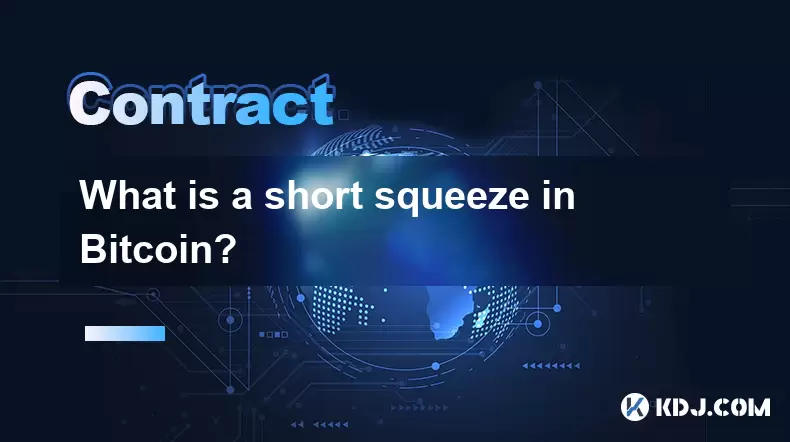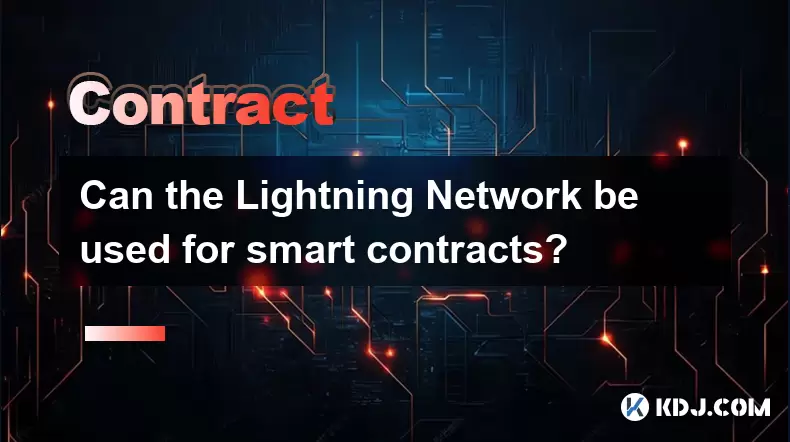-
 Bitcoin
Bitcoin $117,462.8204
-2.03% -
 Ethereum
Ethereum $3,061.1595
1.10% -
 XRP
XRP $2.9139
-2.19% -
 Tether USDt
Tether USDt $1.0002
0.02% -
 BNB
BNB $685.1357
-1.24% -
 Solana
Solana $161.3803
-2.11% -
 USDC
USDC $1.0002
0.04% -
 Dogecoin
Dogecoin $0.1948
-2.92% -
 TRON
TRON $0.2987
-0.89% -
 Cardano
Cardano $0.7330
-1.27% -
 Hyperliquid
Hyperliquid $47.7888
0.13% -
 Stellar
Stellar $0.4514
-2.93% -
 Sui
Sui $4.0169
2.74% -
 Chainlink
Chainlink $15.7088
-2.57% -
 Hedera
Hedera $0.2356
-3.33% -
 Bitcoin Cash
Bitcoin Cash $488.6656
-3.61% -
 Avalanche
Avalanche $21.2955
-1.47% -
 UNUS SED LEO
UNUS SED LEO $9.0415
0.42% -
 Shiba Inu
Shiba Inu $0.0...01332
-0.82% -
 Toncoin
Toncoin $3.0124
-0.62% -
 Litecoin
Litecoin $94.2175
-2.07% -
 Polkadot
Polkadot $4.0011
-0.61% -
 Monero
Monero $333.5714
-3.46% -
 Uniswap
Uniswap $9.1114
-1.56% -
 Dai
Dai $1.0000
0.02% -
 Ethena USDe
Ethena USDe $1.0005
0.00% -
 Bitget Token
Bitget Token $4.4951
1.87% -
 Pepe
Pepe $0.0...01242
0.47% -
 Aave
Aave $321.9943
0.51% -
 Bittensor
Bittensor $434.1984
5.13%
What is a short squeeze in Bitcoin?
A Bitcoin short squeeze occurs when rising prices force leveraged sellers to buy back positions, fueling further gains and leading to sharp, rapid rallies in the market.
Jul 14, 2025 at 02:36 am

Understanding the Concept of a Short Squeeze
A short squeeze is a market phenomenon where an asset's price rises sharply, forcing traders who bet on a decline to close their positions. In the context of Bitcoin, this occurs when investors who have taken short positions (betting that Bitcoin’s price will fall) are compelled to buy back the asset at higher prices to limit losses. This buying pressure further pushes the price upward, creating a self-reinforcing cycle.
Short selling involves borrowing an asset and selling it with the expectation of repurchasing it later at a lower price. If the market moves against the short seller, they face margin calls or liquidation risks. When many traders are caught in such a scenario simultaneously, the resulting rush to cover positions leads to a short squeeze.
How a Short Squeeze Develops in the Bitcoin Market
In the volatile world of Bitcoin trading, a short squeeze typically begins when the price unexpectedly surges past key resistance levels. Several factors can trigger such a move, including positive news events, regulatory developments, macroeconomic shifts, or large institutional inflows.
- Traders holding leveraged short positions begin to incur losses.
- Margin requirements increase as exchanges issue liquidation notices.
- Forced buying to cover shorts accelerates upward momentum.
This cascade effect often results in rapid and dramatic price spikes, sometimes referred to as "gamma squeezes" in derivatives markets. The Bitcoin futures market, especially on platforms like Binance, Bybit, and Deribit, frequently experiences these dynamics due to high leverage usage among retail and institutional traders.
Identifying Signs of an Impending Short Squeeze
Recognizing early signals of a potential short squeeze in Bitcoin requires monitoring several market indicators:
- Open Interest (OI): A rising open interest in Bitcoin futures contracts, particularly on the short side, indicates growing bearish sentiment.
- Funding Rates: On perpetual futures exchanges, negative funding rates suggest more shorts than longs. A sudden shift toward positive funding may signal short covering.
- Order Book Imbalances: Large sell walls being absorbed quickly by buyers can precede rapid upward movement.
- Volume Spikes: Unusual increases in trading volume during bullish moves often accompany short squeezes.
By combining these metrics, traders can anticipate possible squeeze scenarios before they fully unfold.
Case Study: Historical Bitcoin Short Squeezes
One notable example occurred in April 2021, when Bitcoin surged past $60,000. Many analysts had predicted a pullback, leading to heavy shorting. However, strong demand from institutional buyers and Tesla’s continued support pushed the price higher. As shorts were forced to cover, the market experienced a sharp rally followed by significant liquidations.
Another instance happened in July 2023, amid speculation around a potential spot Bitcoin ETF approval. Shorts accumulated ahead of expected regulatory delays, but unexpected progress led to a swift reversal. Within hours, over $200 million in short positions were liquidated, sending Bitcoin above $35,000 temporarily.
These episodes highlight how swiftly and forcefully a short squeeze in Bitcoin can develop, often catching even seasoned traders off guard.
Strategies for Traders During a Short Squeeze
Participating in or protecting oneself from a Bitcoin short squeeze requires careful planning and execution:
- Monitor Liquidation Heatmaps: These show where the most concentrated short positions exist and can help identify likely points of acceleration.
- Use Stop-Loss Orders Wisely: Placing stop-loss orders too tightly can lead to premature exits before the full squeeze plays out.
- Avoid Overleveraging: High leverage increases exposure to volatility and liquidation risks during fast-moving markets.
- Watch Funding Rate Shifts: Changes in funding rates on perpetual futures contracts can provide early clues about position adjustments.
- Stay Informed About News Catalysts: Events such as regulatory updates or major adoption announcements can act as triggers for squeezes.
Traders should also be cautious about chasing momentum once a squeeze is already underway, as reversals can occur just as rapidly.
Risks Associated With Short Squeezes in Bitcoin
While a short squeeze in Bitcoin can create profitable opportunities, it also poses significant risks:
- Extreme Volatility: Price swings during a squeeze can exceed normal ranges, making it difficult to manage risk effectively.
- Exchange Slippage: Fast-moving markets may result in trades executing at less favorable prices than expected.
- Liquidity Constraints: In severe cases, shallow order books can prevent timely exits or entries.
- Psychological Pressure: Rapid price movements can lead to emotional decision-making, increasing the likelihood of errors.
Therefore, traders must approach these scenarios with disciplined risk management protocols and avoid exposing themselves to excessive downside.
Frequently Asked Questions
Q: Can a short squeeze happen in altcoins as well?
Yes, while Bitcoin is the most prominent asset affected by short squeezes, similar patterns frequently occur in altcoins, especially those with high futures trading volumes like Ethereum, Solana, and Cardano.
Q: How does a short squeeze differ from a pump-and-dump scheme?
A short squeeze is a natural market reaction driven by positioning and technical factors, whereas a pump-and-dump is a coordinated manipulation effort by groups artificially inflating prices before selling off.
Q: Is it possible to predict exactly when a short squeeze will occur?
No, while certain indicators may suggest increased probability, the timing and intensity of a short squeeze in Bitcoin cannot be predicted with certainty due to the influence of unpredictable market variables.
Q: Are short squeezes unique to cryptocurrency markets?
No, short squeezes occur across all financial markets, including stocks, commodities, and forex. However, they are more frequent and pronounced in crypto due to higher leverage usage and market volatility.
Disclaimer:info@kdj.com
The information provided is not trading advice. kdj.com does not assume any responsibility for any investments made based on the information provided in this article. Cryptocurrencies are highly volatile and it is highly recommended that you invest with caution after thorough research!
If you believe that the content used on this website infringes your copyright, please contact us immediately (info@kdj.com) and we will delete it promptly.
- Bitcoin, Altcoins, and DeFi: Navigating the Evolving Crypto Landscape
- 2025-07-16 05:30:12
- DeFi Demystified: Navigating the Wild West of Decentralized Finance
- 2025-07-16 04:50:12
- JPMorgan, Stablecoins, and Dimon: A Love-Hate Story?
- 2025-07-16 04:55:12
- Bitcoin's ATH Surge: Exchange Inflows and What They Mean for You, Ya Know?
- 2025-07-16 04:30:12
- PUMP Token Mania on Hyperliquid: Unit Tokenization Takes Center Stage
- 2025-07-16 05:35:12
- Altcoins Awakening: Ethereum's Surge and Bitcoin Dominance Shift
- 2025-07-16 05:50:12
Related knowledge

What is a stablecoin-margined contract vs a coin-margined contract?
Jul 15,2025 at 06:36pm
Understanding the Difference Between Stablecoin-Margined Contracts and Coin-Margined ContractsIn the world of cryptocurrency derivatives, margin plays...

How to backtest a Bitcoin futures trading strategy?
Jul 15,2025 at 11:35am
Understanding Bitcoin Futures TradingBitcoin futures trading involves contracts to buy or sell Bitcoin at a predetermined price and date in the future...

Psychology of trading Bitcoin contracts
Jul 13,2025 at 02:50am
Understanding the Emotional Rollercoaster of Bitcoin Futures TradingBitcoin contract trading, especially in the form of futures, introduces a high lev...

Can the Lightning Network be used for smart contracts?
Jul 14,2025 at 11:28pm
Understanding the Lightning Network's Core FunctionalityThe Lightning Network is a second-layer solution built on top of blockchain protocols like Bit...

How does macroeconomic news affect Bitcoin futures prices?
Jul 15,2025 at 04:56pm
Understanding the Relationship Between Macroeconomic News and Bitcoin FuturesBitcoin futures are derivative contracts that allow traders to speculate ...

Best time of day to trade Bitcoin contracts?
Jul 13,2025 at 05:29am
Understanding Bitcoin Contracts and Their VolatilityBitcoin contracts, particularly futures contracts, are derivative instruments that allow traders t...

What is a stablecoin-margined contract vs a coin-margined contract?
Jul 15,2025 at 06:36pm
Understanding the Difference Between Stablecoin-Margined Contracts and Coin-Margined ContractsIn the world of cryptocurrency derivatives, margin plays...

How to backtest a Bitcoin futures trading strategy?
Jul 15,2025 at 11:35am
Understanding Bitcoin Futures TradingBitcoin futures trading involves contracts to buy or sell Bitcoin at a predetermined price and date in the future...

Psychology of trading Bitcoin contracts
Jul 13,2025 at 02:50am
Understanding the Emotional Rollercoaster of Bitcoin Futures TradingBitcoin contract trading, especially in the form of futures, introduces a high lev...

Can the Lightning Network be used for smart contracts?
Jul 14,2025 at 11:28pm
Understanding the Lightning Network's Core FunctionalityThe Lightning Network is a second-layer solution built on top of blockchain protocols like Bit...

How does macroeconomic news affect Bitcoin futures prices?
Jul 15,2025 at 04:56pm
Understanding the Relationship Between Macroeconomic News and Bitcoin FuturesBitcoin futures are derivative contracts that allow traders to speculate ...

Best time of day to trade Bitcoin contracts?
Jul 13,2025 at 05:29am
Understanding Bitcoin Contracts and Their VolatilityBitcoin contracts, particularly futures contracts, are derivative instruments that allow traders t...
See all articles

























































































